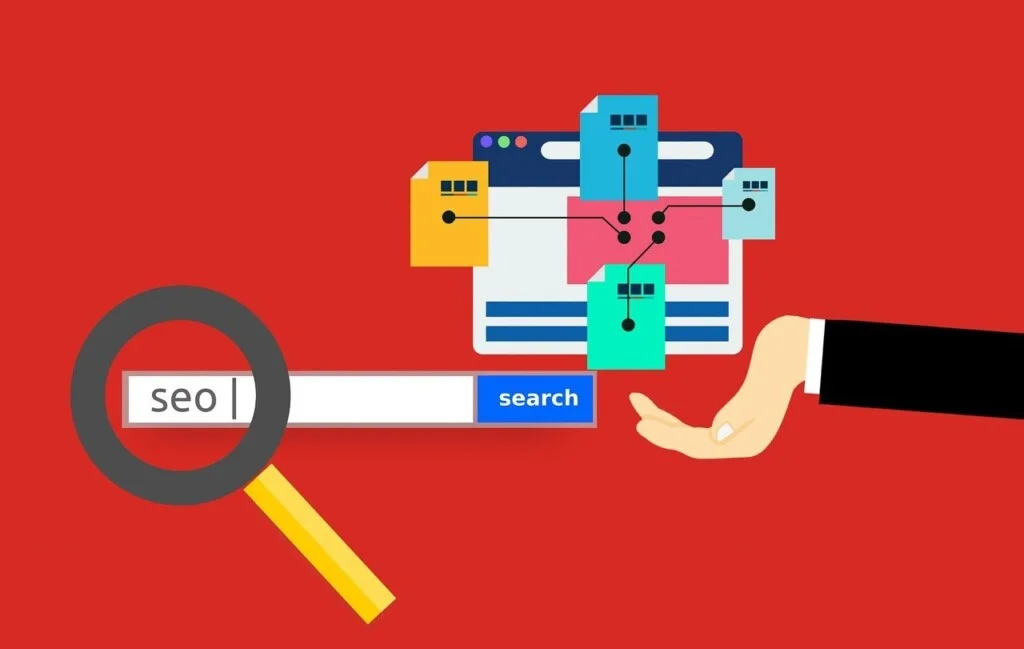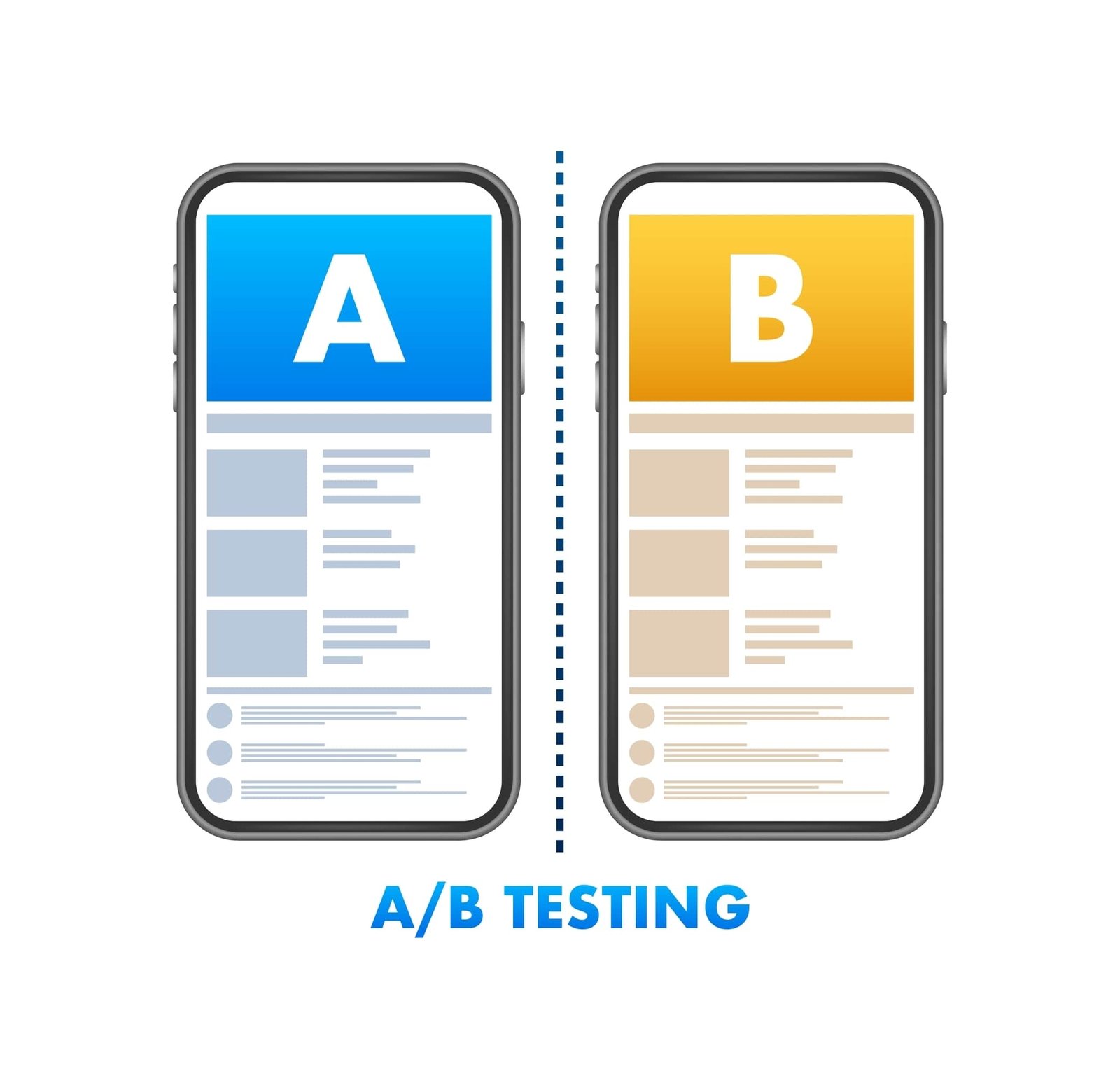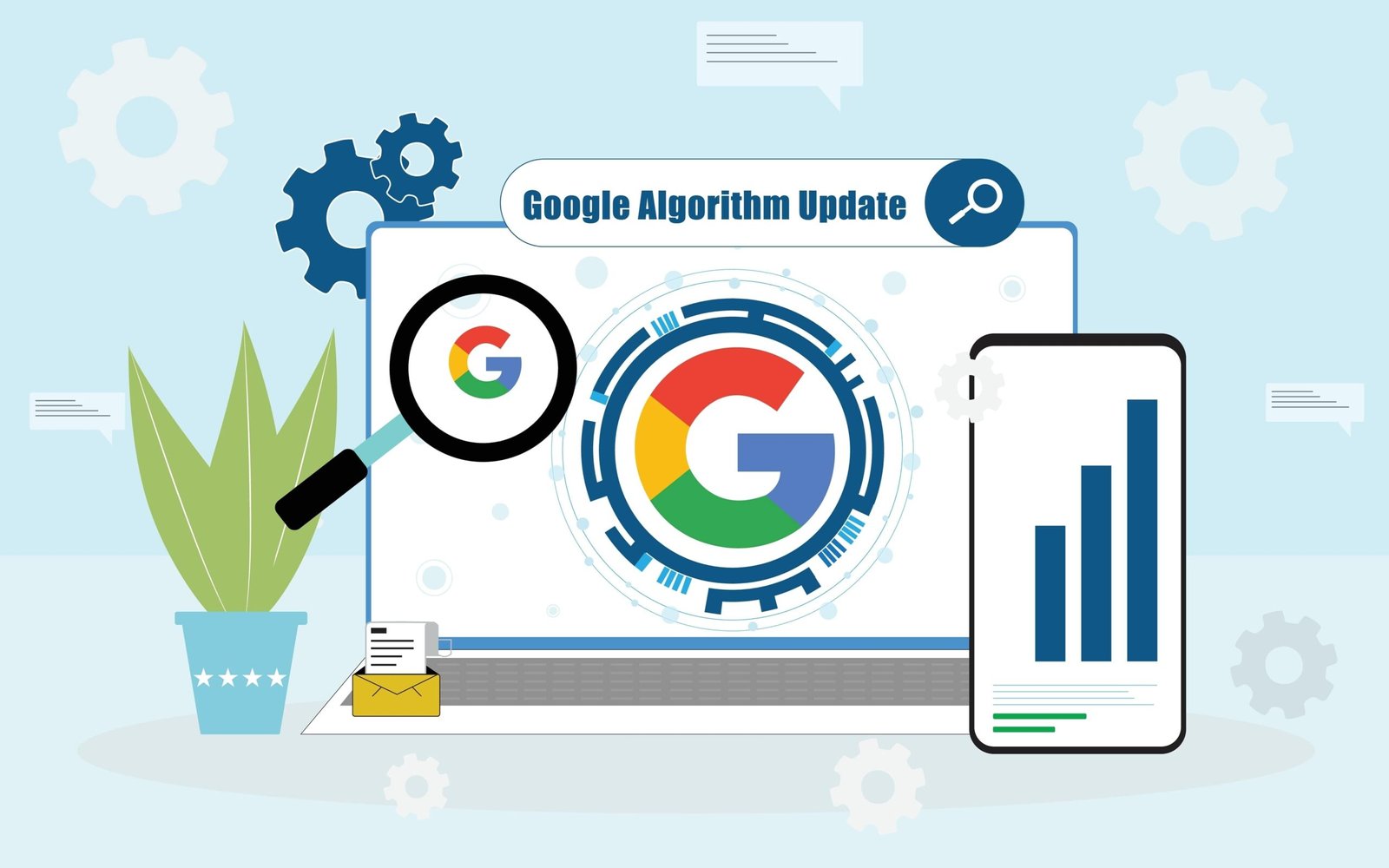In the ever-evolving landscape of e-commerce and digital marketing, securing a favorable position in search engine rankings is of paramount importance. This article unravels how one can leverage a cascade of content and links to propel product page rankings, a strategy akin to funneling the inherent power of content and link-building to boost visibility and traffic.
The Anatomy of Content and Link Cascade
Before delving into the specifics, it’s essential to understand what we mean by a cascade of content and links. Think of it as a waterfall, where content and links flow through different layers, gathering momentum as they come down, and ultimately pouring this accumulated energy into your product pages.
Creating high-quality content is the foundation of this strategy. Content should be informative, engaging, and tailored to the audience's needs. It serves as the conduit through which value is transferred to potential customers. Blog Posts: Regular blog posts that offer genuine value can establish authority and trust. Incorporate product mentions and tutorials subtly within these posts. Educational Content: Creating guides, e-books, or tutorials that are tangentially related to your products can be a great way to offer value and gently lead readers towards your product pages.
Internal links are hyperlinks that point to pages within the same domain. Strategic internal linking can channel page authority throughout your site. Contextual Links: Place links to product pages within the content naturally. The anchor text should be relevant and give the reader a reason to click through. Navigational Links: Utilize menus, sidebars, and footers to link to important product pages. This ensures that they’re always just a click or two away, regardless of where the visitor is on your site.
Backlinks are links from other websites pointing to your content. They are perceived by search engines as votes of confidence and can significantly impact rankings. Guest Posting: Write articles for reputable websites in your industry and include links back to your content. Influencers and Partnerships: Work with influencers and form partnerships with other businesses to get mentions and links. strategy can yield remarkable results.
Boosting user engagement is an integral part of the cascade. Engaged users are more likely to explore your website further, which in turn aids in propelling product page rankings. Interactive Content: Incorporate quizzes, polls, or interactive videos to keep users engaged. This not only keeps them on your site longer but also creates opportunities for internal linking. Comments and Reviews: Encourage users to leave comments or reviews. Engage with them by replying to comments or addressing concerns. This can build a sense of community and trust around your brand.
Utilize social media to amplify the reach of your content. Share Buttons: Include social share buttons on your content pages. This enables visitors to easily share your content, creating additional backlinks and driving more traffic to your site. Promote Content on social media: Actively share your content on your social media channels. Engage with your audience and participate in relevant conversations.
This is an often-overlooked component that can significantly bolster your cascade. Newsletters: Send regular newsletters with links to your latest content. Include special promotions for products that are relevant to the content. Drip Campaigns: Implement email drip campaigns that gradually lead subscribers through your funnel with a series of automated emails.
Human beings are visual creatures. Well-thought-out visual elements can enhance user experience and keep visitors engaged. Infographics: These are visually appealing and can convey complex information in an easily digestible format. They’re also highly shareable. Product Images and Videos: High-quality images and videos of your products can greatly influence conversion rates. Make sure they are optimized for web performance.
With the majority of users accessing content through mobile devices, mobile optimization is essential. Responsive Design: Ensure that your website and content are easily viewable and navigable on mobile devices. Accelerated Mobile Pages (AMP): Implement AMP to make your pages load faster on mobile devices.
With the rising popularity of voice assistants, optimizing for voice search is becoming increasingly important. Natural Language: Use more natural language in your content that mimics how people speak. FAQs: Create FAQ sections that answer common questions users might ask through voice search.
Final Thoughts
Creating a cascade of content and links is a multifaceted strategy that involves various components working in tandem. By understanding and effectively employing these elements, you can create a powerful funnel that channels traffic and authority to your product pages, driving rankings and, ultimately, conversions. The keys to success are creativity, adaptability, and continuous optimization based on data-driven insights.
Imagine your content and link cascade as a funnel. At the top, you have content that appeals to a broad audience. As you go down the funnel, content becomes more product-focused.
Once your cascade is in place, it's critical to monitor its performance. Analytics: Use tools like Google Analytics to monitor traffic, user behaviour, and conversions. This data is invaluable for understanding what's working and what isn't. Optimization: Continuously work on improving your content, internal linking, and acquiring high-quality backlinks. SEO is an ongoing process.
Leveraging a cascade of content and links to propel product page rankings is an art that combines the creative aspect of content creation with the technical nuances of SEO. It is about orchestrating a symphony where content and links work in harmony, guiding the audience through a journey that culminates in your product pages. Through persistent effort and data-driven optimization, this strategy can yield remarkable results.
Components of the Cascade
- High-Quality Content
Creating high-quality content is the foundation of this strategy. Content should be informative, engaging, and tailored to the audience's needs. It serves as the conduit through which value is transferred to potential customers. Blog Posts: Regular blog posts that offer genuine value can establish authority and trust. Incorporate product mentions and tutorials subtly within these posts. Educational Content: Creating guides, e-books, or tutorials that are tangentially related to your products can be a great way to offer value and gently lead readers towards your product pages.
- Internal Linking Structure
Internal links are hyperlinks that point to pages within the same domain. Strategic internal linking can channel page authority throughout your site. Contextual Links: Place links to product pages within the content naturally. The anchor text should be relevant and give the reader a reason to click through. Navigational Links: Utilize menus, sidebars, and footers to link to important product pages. This ensures that they’re always just a click or two away, regardless of where the visitor is on your site.
- External Links (Backlinks)
Backlinks are links from other websites pointing to your content. They are perceived by search engines as votes of confidence and can significantly impact rankings. Guest Posting: Write articles for reputable websites in your industry and include links back to your content. Influencers and Partnerships: Work with influencers and form partnerships with other businesses to get mentions and links. strategy can yield remarkable results.
- User Engagement
Boosting user engagement is an integral part of the cascade. Engaged users are more likely to explore your website further, which in turn aids in propelling product page rankings. Interactive Content: Incorporate quizzes, polls, or interactive videos to keep users engaged. This not only keeps them on your site longer but also creates opportunities for internal linking. Comments and Reviews: Encourage users to leave comments or reviews. Engage with them by replying to comments or addressing concerns. This can build a sense of community and trust around your brand.
- Social Media Integration
Utilize social media to amplify the reach of your content. Share Buttons: Include social share buttons on your content pages. This enables visitors to easily share your content, creating additional backlinks and driving more traffic to your site. Promote Content on social media: Actively share your content on your social media channels. Engage with your audience and participate in relevant conversations.
- E-mail Marketing
This is an often-overlooked component that can significantly bolster your cascade. Newsletters: Send regular newsletters with links to your latest content. Include special promotions for products that are relevant to the content. Drip Campaigns: Implement email drip campaigns that gradually lead subscribers through your funnel with a series of automated emails.
- Visual Elements
Human beings are visual creatures. Well-thought-out visual elements can enhance user experience and keep visitors engaged. Infographics: These are visually appealing and can convey complex information in an easily digestible format. They’re also highly shareable. Product Images and Videos: High-quality images and videos of your products can greatly influence conversion rates. Make sure they are optimized for web performance.
- Mobile Optimization
With the majority of users accessing content through mobile devices, mobile optimization is essential. Responsive Design: Ensure that your website and content are easily viewable and navigable on mobile devices. Accelerated Mobile Pages (AMP): Implement AMP to make your pages load faster on mobile devices.
- Voice Search Optimization
With the rising popularity of voice assistants, optimizing for voice search is becoming increasingly important. Natural Language: Use more natural language in your content that mimics how people speak. FAQs: Create FAQ sections that answer common questions users might ask through voice search.
Final Thoughts
Creating a cascade of content and links is a multifaceted strategy that involves various components working in tandem. By understanding and effectively employing these elements, you can create a powerful funnel that channels traffic and authority to your product pages, driving rankings and, ultimately, conversions. The keys to success are creativity, adaptability, and continuous optimization based on data-driven insights.
The Funnel Approach
Imagine your content and link cascade as a funnel. At the top, you have content that appeals to a broad audience. As you go down the funnel, content becomes more product-focused.
- Top of the Funnel (ToFu)
- Middle of the Funnel (MoFu)
- Bottom of the Funnel (BoFu)
Tracking and Optimization
Once your cascade is in place, it's critical to monitor its performance. Analytics: Use tools like Google Analytics to monitor traffic, user behaviour, and conversions. This data is invaluable for understanding what's working and what isn't. Optimization: Continuously work on improving your content, internal linking, and acquiring high-quality backlinks. SEO is an ongoing process.
Conclusion
Leveraging a cascade of content and links to propel product page rankings is an art that combines the creative aspect of content creation with the technical nuances of SEO. It is about orchestrating a symphony where content and links work in harmony, guiding the audience through a journey that culminates in your product pages. Through persistent effort and data-driven optimization, this strategy can yield remarkable results.





